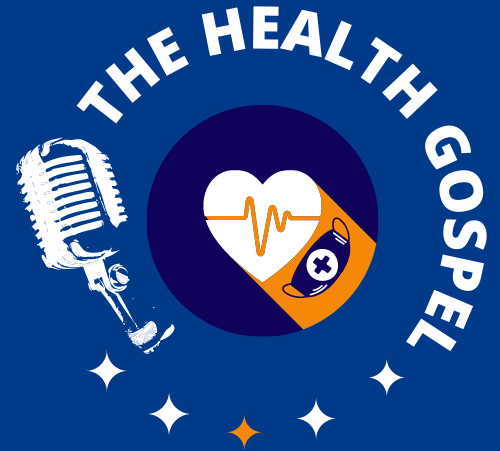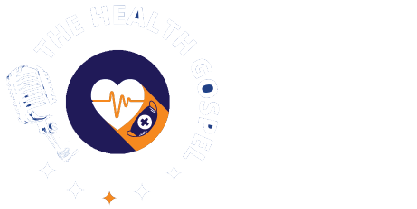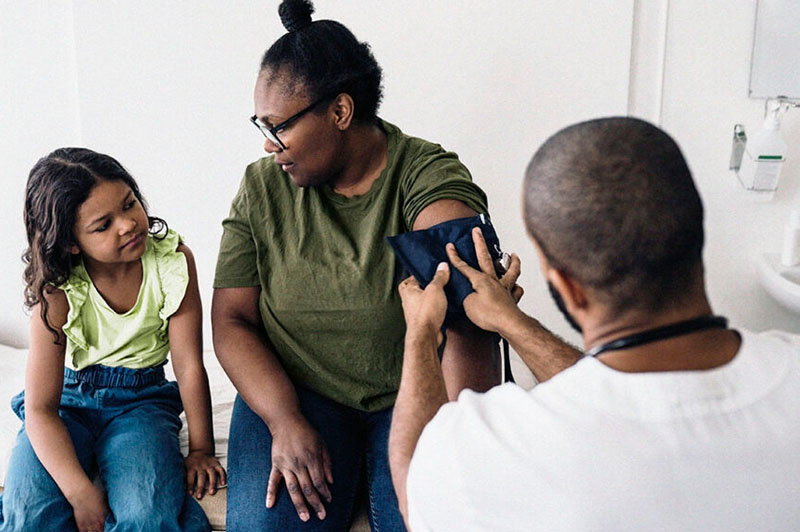
HYPERTENSION SERIES 3
“My head is banging like drummers are hitting it. I can’t really describe how I feel but this headache is very bad. I went to bed early because of this headache and still woke up with it this morning.”
After asking a few questions about the headache and other symptoms, the doctor proceeds to check blood pressure. And it reads 190/120mmHg!
“Your blood pressure is very high. It is within the range of severe hypertension. I’m afraid I can’t let you go home with this level of BP”.
“We have to admit you for observation while we run some tests and give you some medications”.
The doctor calmly explained.
“What do you mean by that?!" He retorted”. Just give me strong pain relievers and let me go home and rest. I”m here to treat headaches and not BP”, He sneered.
“Besides, how can I have BP at my age, I’m just 30 and I’m not thinking about anything that should give to me”.
“Well, thinking does not cause high BP, else we would all have it because we all think”.
“I agree with you that you are young and that is why we want to run some tests to know if there’s any underlying cause of your hypertension. If there is and it’s treatable, then this hypertension can be cured”.
Why you need blood tests for high BP
Irrespective of the time or circumstances surrounding the diagnosis, your doctor would routinely request some tests and scans.
The aim of these is to find out the type of hypertension. In addition, the test will help your physician to identify complications early (if any) and to determine the course of treatment.
The following are tests that your doctor may require;
Blood tests
Serum E/U/Cr: This tests your kidney function. It shows when your kidney function starts to
decline.
Fasting blood sugar: This is done to check if you also have diabetes mellitus in addition to hypertension. If you do, then you would get treatment for both concurrently. This is done only in the morning after an overnight fast.
Random blood sugar: This can be done at any time of the day.
Fasting lipid profile: This test checks blood cholesterol levels and the blood sample is taken after an overnight fast.
HbA1c: This test determines how well your blood glucose control has been over the preceding 3 months.
Full blood count: This test can identify coexisting blood diseases that may increase cardiovascular risk.
Liver function test: This is to have a baseline before you start taking medications.
Thyroid function test: High or low levels of thyroid hormones can cause secondary hypertension. Your doctor would request this test if you have symptoms of abnormal thyroid hormone levels such as faster than normal heart rate, weight loss, and excessive sweating.
Hormonal profile: Your doctor may request this if you have symptoms suggestive of abnormal hormone levels which may be a cause of secondary hypertension.
Urine tests
Urinalysis: This test checks for protein, sugar, blood, and other substances in the urine. It may point towards a kidney problem as a secondary cause of hypertension.
Urine protein creatinine ratio: This also evaluates kidney function, level of decline and the best treatment modality.
Urine Vanillylmandelic acid (VMA): This test checks the presence of VMA in urine which occurs when there is a tumour in the adrenal gland. This tumour produces substances that can cause secondary hypertension, but it can be cured when the tumour is removed.
Scans
Renal Ultrasound scan (USS): This scan looks at the kidneys and the kidney blood vessels. It can show if there are many cysts in the kidney, narrowing of the kidney arteries, or swelling of the kidneys as a secondary cause of hypertension. These are treatable and when cured, hypertension is also cured.
Electrocardiogram (ECG): This test is a graph showing the activities of your heart. It can show whether your heart beats regularly or not. It also shows if the heart chambers have grown bigger. A big heart can indicate long-standing uncontrolled hypertension.
Echocardiogram: The sonographer visualizes the 4 compartments of your heart, heart muscles, and valves. The heart valves are like funnels that limit or allow the passage of blood from one compartment of your heart to the other.
Brain CT scan: Your doctor may request this if you have symptoms of a pituitary gland tumour. These include visual problems, breast milk discharges, an increase in the size of your nose, jaw and shoe size etc.
These are not exhaustive of course but are the most commonly requested. The tests your doctor would request depend solely on your medical history.
Why your blood pressure may be high only in the hospital.
No, your doctors are not telling lies, and neither are they purposely imposing high BP on you. Your blood pressure normally changes as you go about your day and is generally lower at night.
Excitement, anxiety, standing, and sleeping can cause some changes in your BP. Ever heard about white coat hypertension? It is a situation where a high BP reading is only seen in the hospital. Here’s what’s happening. Most people are uneasy in a hospital and you can get anxious once you’re in the hospital/ clinic environment. Named after the doctor’s white coat, this type of hypertension can be confirmed by doing home BP monitoring or ambulatory blood pressure monitoring for 24 hours or more. The BP measuring device is
strapped to you while you go about your day. Then your doctor notes the times when there are spikes in your BP and also takes an average of your BP over 24 hours. Your doctor would confirm the diagnosis of hypertension after calculating and arriving at the average BP.
In conclusion, diagnosis of hypertension should not only end with giving drugs. There are pertinent reasons for requesting the above-listed investigations. Some other coexisting diseases have been identified by these seemingly unnecessary tests.







